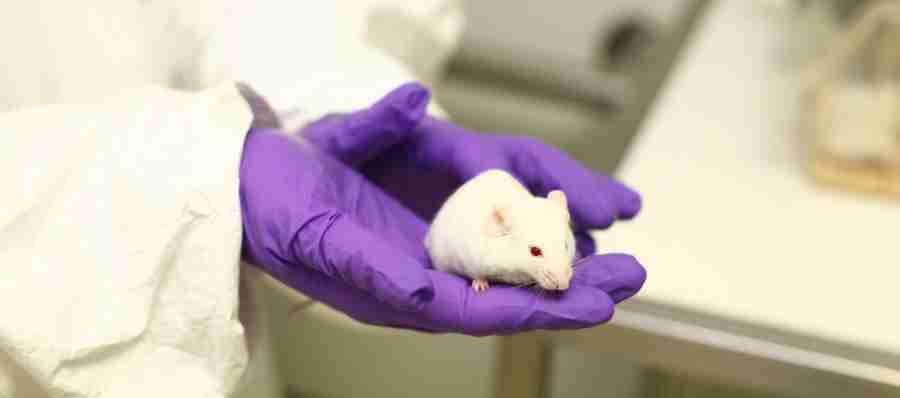Efficacy and tolerability of perampanel in pediatric patients with Dravet syndrome.
This is a survey of the efficacy of perampanel as an add-on therapy in children with Dravet syndrome. Perampanel (a.k.a. Fycompa) was first approved in 2012, and last year its use was extended to pediatric patients. The authors were able to gather data on 10 Dravet patients – their average age was 11.5 years, and […]
Efficacy and tolerability of perampanel in pediatric patients with Dravet syndrome. Read More »


